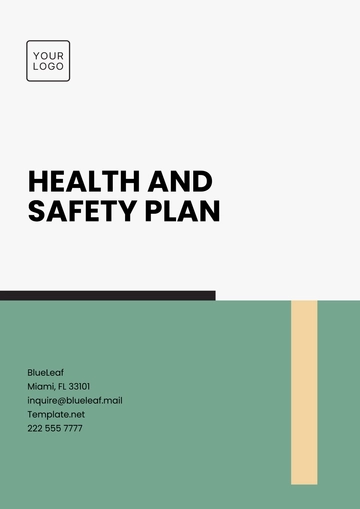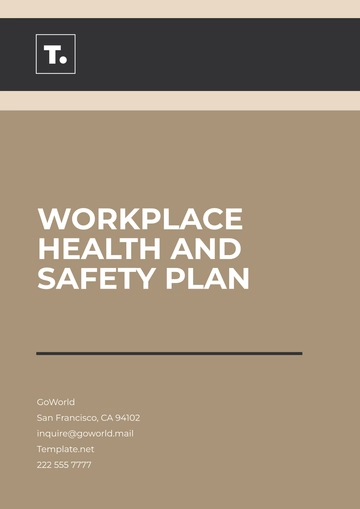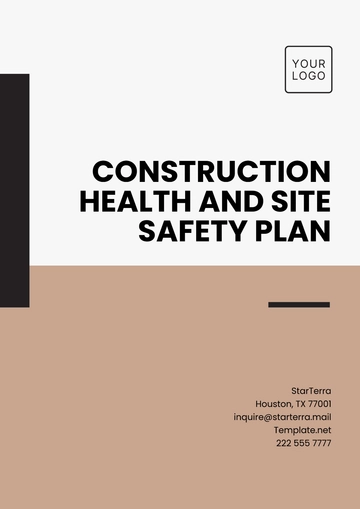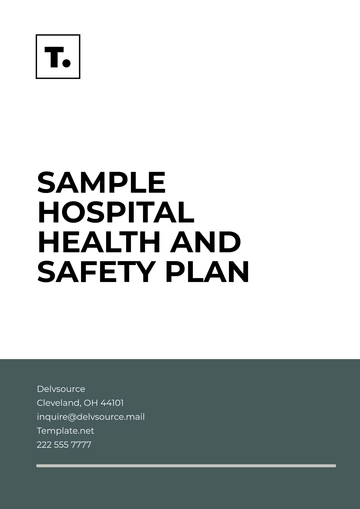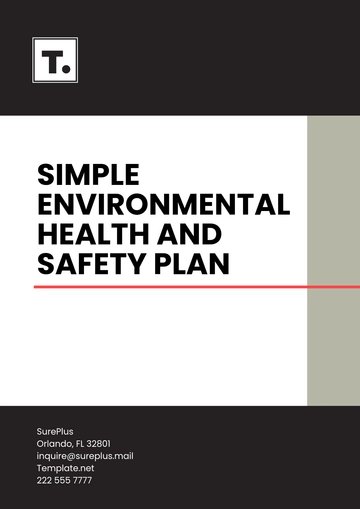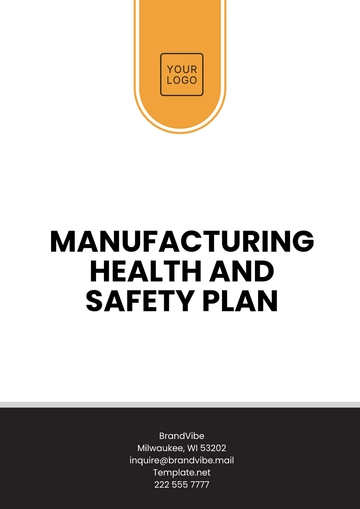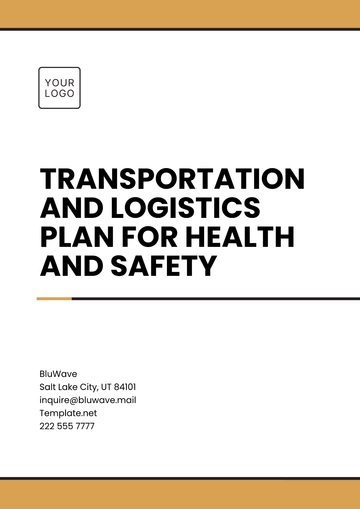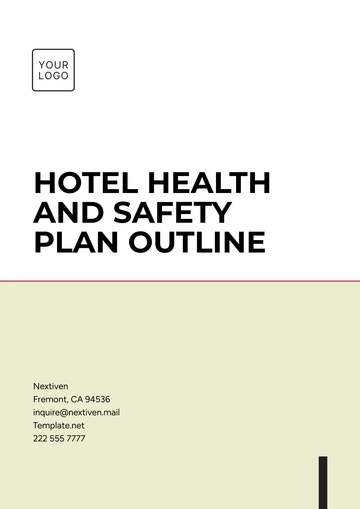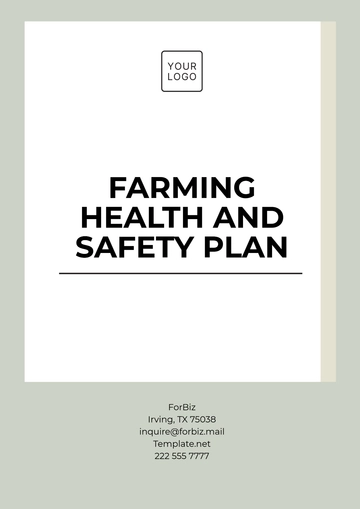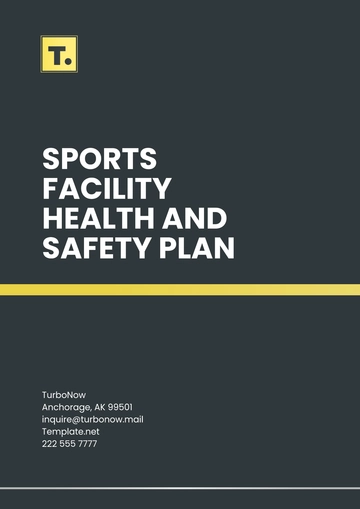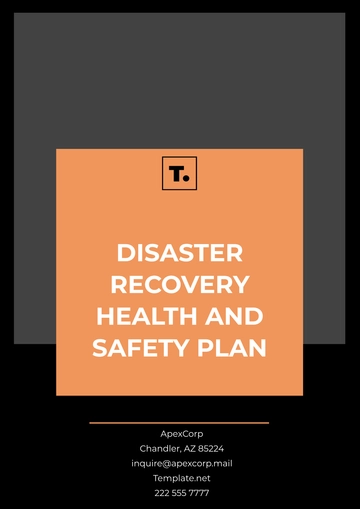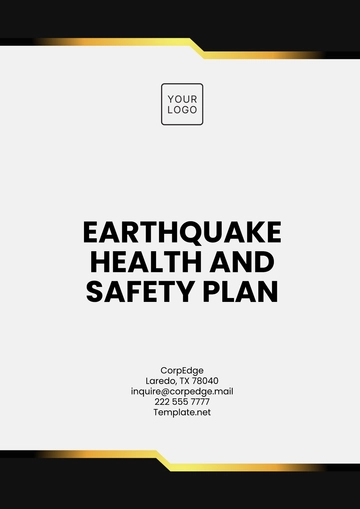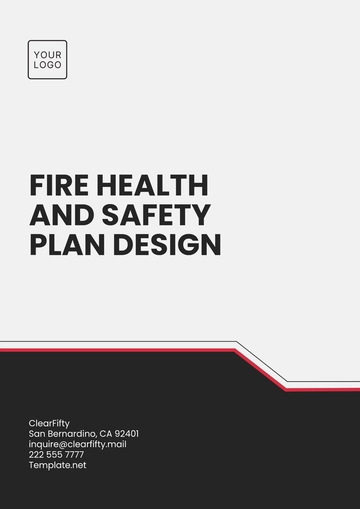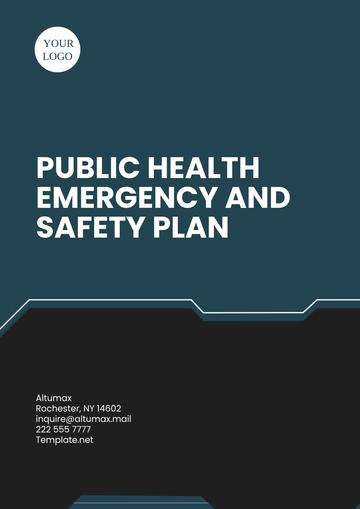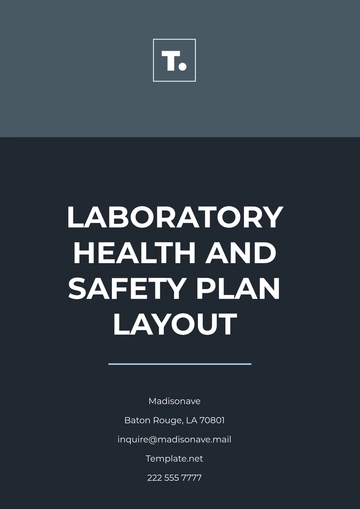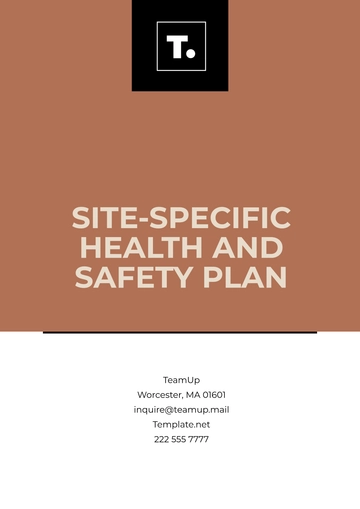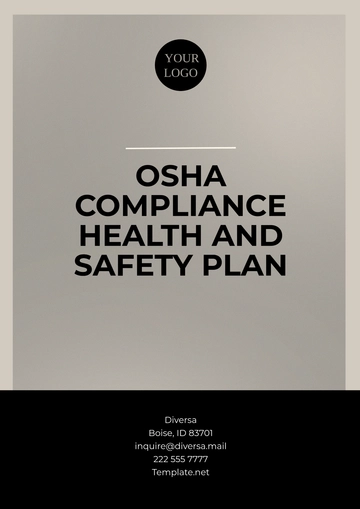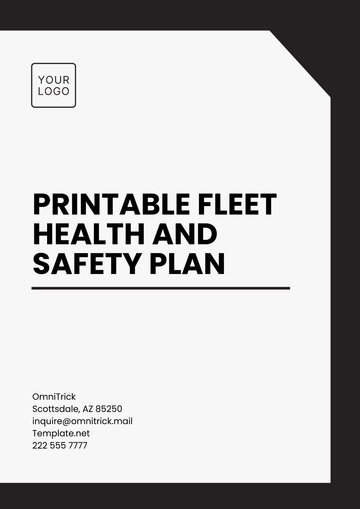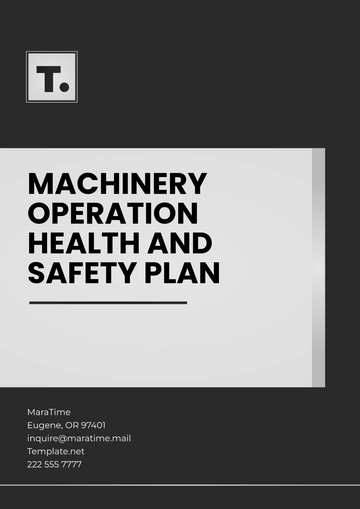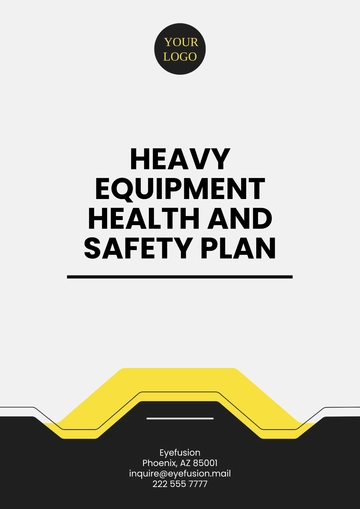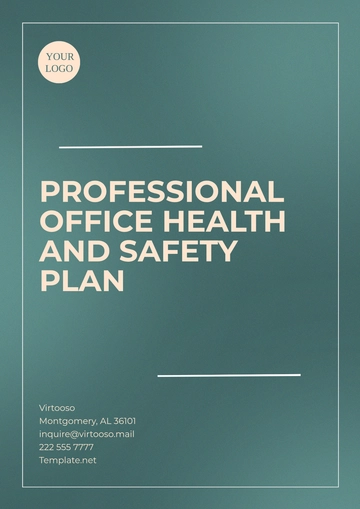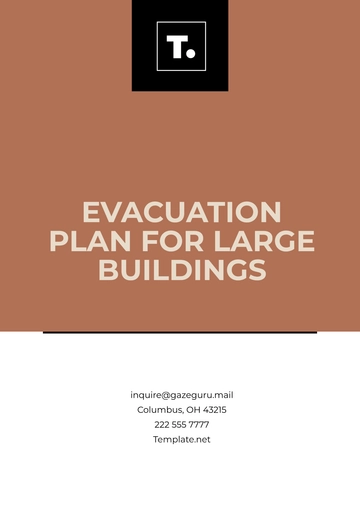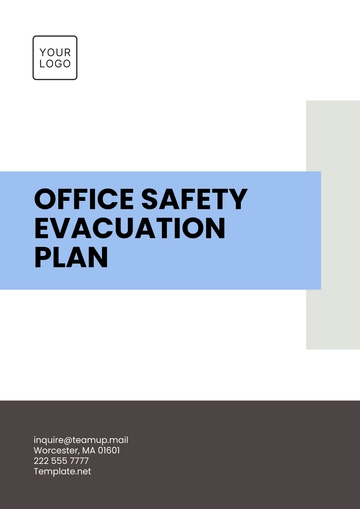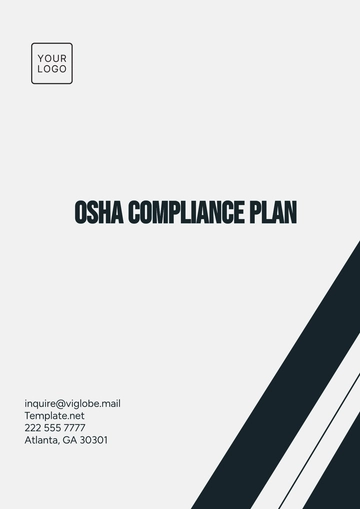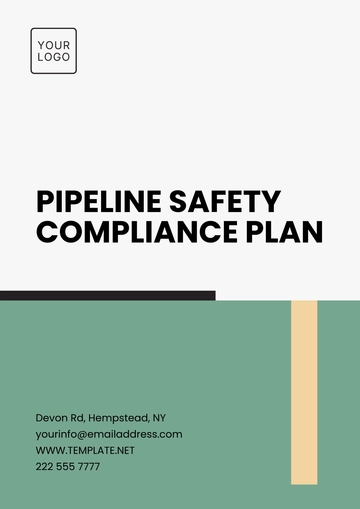Free Demolition Safety Plan

Written by: [Your Name]
_____________________________________________________________________________________
I. Introduction
The purpose of this Demolition Safety Plan is to ensure the safety of workers, bystanders, and the surrounding environment during the demolition process. This plan outlines the procedures, protocols, and safety measures to be implemented before, during, and after the demolition activities.
II. Risk Assessment
A. Identifying Hazards
Potential hazards associated with demolition include structural instability, hazardous materials, utilities, and environmental risks.
Conducting thorough site inspections and assessments to identify these hazards.
Analyzing historical data of similar demolition projects to anticipate potential risks.
B. Risk Mitigation
Developing strategies to mitigate identified risks, including engineering controls, administrative controls, and personal protective equipment (PPE) requirements.
Implementing proactive measures to minimize risks, such as regular monitoring of structural integrity and material testing.
Conducting regular safety audits and risk assessments to identify emerging hazards.
III. Safety Procedures
A. Safe Work Practices
Ensuring all workers are trained in safe work practices and procedures relevant to demolition activities.
Conducting regular toolbox talks to reinforce safety protocols and address any emerging concerns.
Implementing a buddy system to promote accountability and safety awareness among workers.
B. Emergency Procedures
Establishing clear and concise emergency response protocols, including evacuation plans, assembly points, and communication procedures.
Conducting regular drills and simulations to test the effectiveness of emergency procedures and improve response times.
Providing training to designated first-aid responders and ensuring adequate access to first-aid supplies and equipment.
IV. Communication
A. Internal Communication
Establishing effective communication channels among demolition team members, contractors, and stakeholders.
Holding regular safety meetings to discuss progress, address concerns, and solicit feedback from team members.
B. External Communication
Providing timely and accurate updates to nearby residents, pedestrians, and motorists regarding demolition activities and associated hazards.
Collaborating with local authorities and emergency services to coordinate response efforts and disseminate critical information in case of emergencies.
Implementing a community outreach program to educate the public about safety measures and address any concerns or misconceptions.
V. Environmental Protection
A. Dust Control
Implementing dust suppression measures, such as water spraying, misting, and dust barriers, to minimize airborne particulates.
Monitoring air quality levels regularly and adjusting dust control measures as needed to ensure compliance with environmental regulations.
B. Waste Management
Developing a comprehensive waste management plan to segregate, recycle, and dispose of demolition debris responsibly.
Conducting regular inspections of waste storage and disposal areas to prevent spills, leaks, and environmental contamination.
VI. Public Safety
A. Traffic Management
Implementing traffic control measures, including road closures, detours, and flagging operations, to minimize disruptions and ensure safe passage for vehicles and pedestrians.
Coordinating with local authorities and transportation agencies to develop and implement traffic management plans that comply with regulatory requirements and minimize community impacts.
B. Site Perimeter Security
Erecting physical barriers, such as fencing and barricades, around the demolition site to prevent unauthorized access and protect the public from potential hazards.
Assigning trained security personnel to patrol the site and respond promptly to any security breaches or safety concerns.
VII. Regulatory Compliance
A. Permits and Notifications
Maintaining accurate records of permit applications, approvals, and associated documentation for regulatory compliance and audit purposes.
Establishing procedures to ensure ongoing compliance with permit conditions and reporting requirements throughout the duration of the demolition project.
B. Inspections
Documenting inspection findings, corrective actions, and follow-up measures to demonstrate compliance with regulatory requirements and facilitate continuous improvement.
Coordinating with regulatory agencies and third-party inspectors to schedule and facilitate routine inspections of the demolition site and associated facilities.
VIII. Training and Education
A. Worker Training
Offering specialized training programs for workers operating heavy machinery, handling hazardous materials, and performing high-risk tasks.
Conducting regular refresher training sessions and competency assessments to ensure workers maintain proficiency in safety protocols and procedures.
B. Continuous Education
Encouraging ongoing professional development and continuing education opportunities for workers to stay abreast of industry trends, technological advancements, and regulatory changes.
Establishing a culture of continuous improvement and knowledge sharing within the organization by recognizing and rewarding employees who demonstrate a commitment to learning and professional growth.
IX. Review and Updates
Regular reviews and updates of the Demolition Safety Plan will be conducted to ensure it remains relevant and effective in addressing current risks and regulatory requirements.
Team meetings will be held to discuss improvements and address any concerns.
_________________________________________________________________________________
- 100% Customizable, free editor
- Access 1 Million+ Templates, photo’s & graphics
- Download or share as a template
- Click and replace photos, graphics, text, backgrounds
- Resize, crop, AI write & more
- Access advanced editor
Discover peace of mind with Template.net's Demolition Safety Plan Template. Crafted by experts, this editable and customizable template ensures your project adheres to safety standards effortlessly. Seamlessly edit in our AI tool, making revisions a breeze. Safeguard your team and project with this essential tool.
You may also like
- Finance Plan
- Construction Plan
- Sales Plan
- Development Plan
- Career Plan
- Budget Plan
- HR Plan
- Education Plan
- Transition Plan
- Work Plan
- Training Plan
- Communication Plan
- Operation Plan
- Health And Safety Plan
- Strategy Plan
- Professional Development Plan
- Advertising Plan
- Risk Management Plan
- Restaurant Plan
- School Plan
- Nursing Home Patient Care Plan
- Nursing Care Plan
- Plan Event
- Startup Plan
- Social Media Plan
- Staffing Plan
- Annual Plan
- Content Plan
- Payment Plan
- Implementation Plan
- Hotel Plan
- Workout Plan
- Accounting Plan
- Campaign Plan
- Essay Plan
- 30 60 90 Day Plan
- Research Plan
- Recruitment Plan
- 90 Day Plan
- Quarterly Plan
- Emergency Plan
- 5 Year Plan
- Gym Plan
- Personal Plan
- IT and Software Plan
- Treatment Plan
- Real Estate Plan
- Law Firm Plan
- Healthcare Plan
- Improvement Plan
- Media Plan
- 5 Year Business Plan
- Learning Plan
- Marketing Campaign Plan
- Travel Agency Plan
- Cleaning Services Plan
- Interior Design Plan
- Performance Plan
- PR Plan
- Birth Plan
- Life Plan
- SEO Plan
- Disaster Recovery Plan
- Continuity Plan
- Launch Plan
- Legal Plan
- Behavior Plan
- Performance Improvement Plan
- Salon Plan
- Security Plan
- Security Management Plan
- Employee Development Plan
- Quality Plan
- Service Improvement Plan
- Growth Plan
- Incident Response Plan
- Basketball Plan
- Emergency Action Plan
- Product Launch Plan
- Spa Plan
- Employee Training Plan
- Data Analysis Plan
- Employee Action Plan
- Territory Plan
- Audit Plan
- Classroom Plan
- Activity Plan
- Parenting Plan
- Care Plan
- Project Execution Plan
- Exercise Plan
- Internship Plan
- Software Development Plan
- Continuous Improvement Plan
- Leave Plan
- 90 Day Sales Plan
- Advertising Agency Plan
- Employee Transition Plan
- Smart Action Plan
- Workplace Safety Plan
- Behavior Change Plan
- Contingency Plan
- Continuity of Operations Plan
- Health Plan
- Quality Control Plan
- Self Plan
- Sports Development Plan
- Change Management Plan
- Ecommerce Plan
- Personal Financial Plan
- Process Improvement Plan
- 30-60-90 Day Sales Plan
- Crisis Management Plan
- Engagement Plan
- Execution Plan
- Pandemic Plan
- Quality Assurance Plan
- Service Continuity Plan
- Agile Project Plan
- Fundraising Plan
- Job Transition Plan
- Asset Maintenance Plan
- Maintenance Plan
- Software Test Plan
- Staff Training and Development Plan
- 3 Year Plan
- Brand Activation Plan
- Release Plan
- Resource Plan
- Risk Mitigation Plan
- Teacher Plan
- 30 60 90 Day Plan for New Manager
- Food Safety Plan
- Food Truck Plan
- Hiring Plan
- Quality Management Plan
- Wellness Plan
- Behavior Intervention Plan
- Bonus Plan
- Investment Plan
- Maternity Leave Plan
- Pandemic Response Plan
- Succession Planning
- Coaching Plan
- Configuration Management Plan
- Remote Work Plan
- Self Care Plan
- Teaching Plan
- 100-Day Plan
- HACCP Plan
- Student Plan
- Sustainability Plan
- 30 60 90 Day Plan for Interview
- Access Plan
- Site Specific Safety Plan
